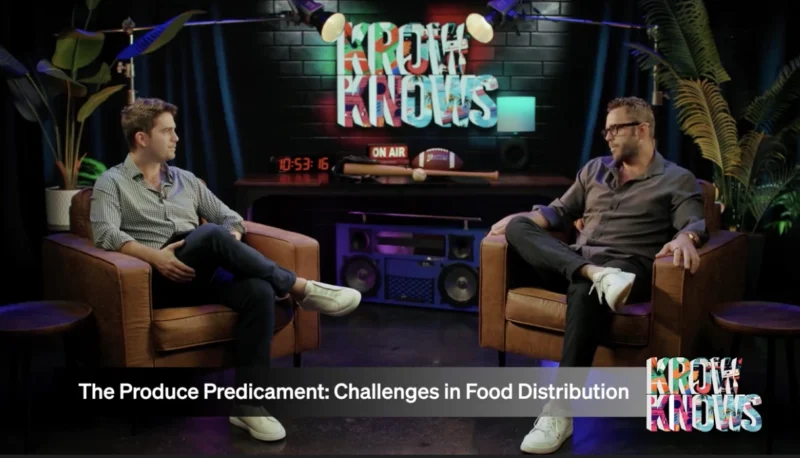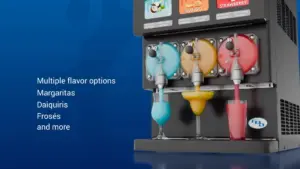The Stainless Steel Story – How It Came to Be the Number One Choice for Commercial Kitchens
Did you know that stainless steel is by far the standard choice for commercial kitchen equipment? This wasn’t always so. It all began with an exciting story in the New York Times, heralding the invention of a non-rusting steel. The invention occurred in Sheffield, England. The steel was said to be “non-rusting, unstainable and untarnishable.” Initially, the material was thought to be great for cutlery, as it would retain its finish even when coming into contact with acidic foods.
Now over a hundred years later that same stainless steel is the choice for commercial kitchens, including galley and shipboard spaces. Because these settings include high activity with lots of abuse in the act of cooking, prepping and preparing, the material used must be almost indestructible. Stainless steel checks all the boxes with its durability and versatility.
How did stainless steel get so tough?
Looking at the science behind stainless steel, adding nickel and chromium creates a layer of chromium oxide, which is passive. It prevents corrosion by keeping oxygen away from the steel. Steel has its own protective coating.
Commercial kitchens put this layer to good use. Most steel used in these kitchens is 304-grade stainless steel. This particular mixture has 18% chromium and 8% nickel. Beyond 304 is 316, called Marine grade stainless steel, has the same amount of chromium with 10% nickel.
Liquids Don’t Penetrate
One thing is for certain in kitchens, there will be spills. Stainless steel again wins this battle as well. It’s non-porous so no liquid can penetrate its surface. So, no matter if it’s water, wine, or oil, you can wipe it right off. It also keeps food safe, as no chemicals will seep into the food from the surface.
Sanitizing is Easy
Cleanliness is vital in commercial kitchens. You must prepare and serve safe foods. Because of its porous nature, sanitizing is easy because nothing leaks into the material. Harmful chemicals, raw meat juices, or other concerning liquids won’t stick around. It also won’t react to the acid in certain foods (just as it doesn’t when used in cutlery).
Customizable for Commercial Kitchens
Another reason commercial kitchen designers love stainless steel is its malleability. The material can be molded into different shapes and customized to fit your specific kitchen. It works for more than just counters but also for sinks, drains, and other shapes.
Stainless Steel Works for Hot and Cold
Stainless steel has the ability to work for hot and cold food counters or serving lines. It won’t react to either high heat or cold. Nor will any condensation or vapor pass through it. It’s truly the one material that a commercial kitchen could use for every surface and appliance.
Cospolich laser-cuts stainless steel in the production custom cabinetry for galley and commercial kitchen needs. From walk-ins to food counters, we have the expertise and technology to provide you with top-of-the-line equipment. Take a look at all our options for stainless steel galley fabrication.
Read more at cospolich.com









